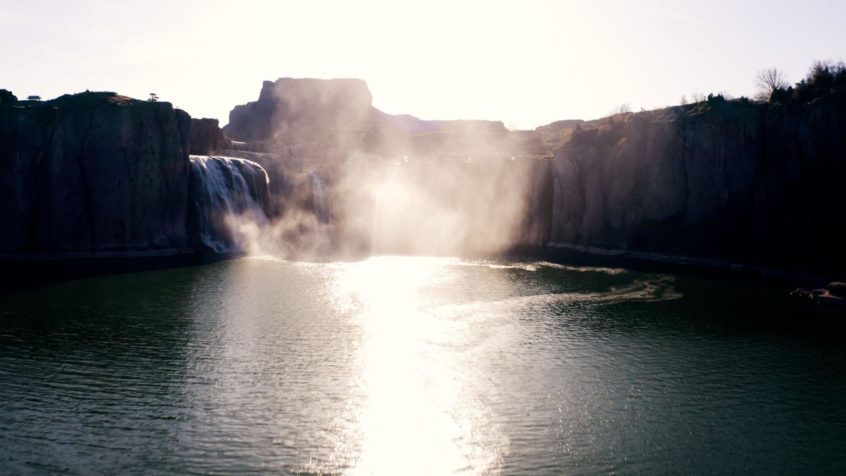Water Conservation and Why It Matters to the Magic Valley

Transcription:
My name is John Williams. I’m the general manager at Kimberly Nurseries. Today we’re going to talk about water conservation. We’re blessed to live in a beautiful area in Idaho where we seem to have an abundance of water available to us. But the truth is, we still live in a high plains desert and we need to be careful and good stewards of this precious natural resource that we have available.
In the area, we’re dealing with a bit of a water shortage overall. We’ve had a fair amount of snowpack in the mountains, but here in the valleys, we haven’t had as much snow, which leads to reservoirs being low, which causes all of us to need to conserve water. One of the ways that we help preserve this precious natural resource is by doing some best practices when watering – both lawn and and plants.
Let’s talk about plants first. Trees and shrubs really benefit from regular watering. Most of us in this area want to have some nice decorative plants and not be dealing with just the native sagebrush or native grasses that are here naturally. We want to have lush trees. We want to have nice green lawns. And so it does require some additional water to be able to have those. But we can do it in a way that still doesn’t waste water and saves that natural resource. Something that we do to help conserve water is we set up our irrigation systems where all of the trees and shrubs and perennials are all on what’s called drip irrigation.
Drip irrigation is a method of irrigation where the water needed for trees and shrubs and perennials to grow is delivered directly to the root zone of the plants. The benefits of drip irrigation are that the water is applied at a slow rate, such where the ground can absorb that moisture faster than the moisture is being applied. So you get very little runoff and very little waste of water. This allows all of that water to be available to the plant in the root zone and for those plants to be able to use it. Drip irrigation is measured in gallons per hour.
So when you use drip irrigation around your trees, shrubs, perennials, flowers, whatever it might be, the measurement is over a long period of time. So the big difference when watering between trees and shrubs and perennials and lawn is a lot of the root zone of grass is within just the top few inches of the soil. Whereas your trees and shrubs often want to have their roots down deeper into the soil. So there is a bit of a difference when your watering. We use drip for your trees and shrubs, but on your lawn areas we always use whether it be a pop up spray head or rotor heads to water those areas. It’s really easy when using those types of sprinkler heads because they put out so much water all at once to have the tendency to over water or to water to the point where the water’s just running off. And in some situations where you have steeper slopes where your grass is on a steeper slope, if you water too long, then you’ll find that the water doesn’t penetrate down into the ground like it’s supposed to and will just run off of the surface.
In those cases, essentially what you’re doing is just wasting water because no more water is penetrating down deep. The ideal scenario is to get into a situation where that water, you allow that water to soak down and you do that by doing what we call cycle and soak. Cycle and soak means you run your sprinklers for a period of time and then the water shuts off for a period of time and allows that water to be drawn down deep into the soil. After you let the the ground set for a period of time. You can then apply water again and it allows that water to soak in. Sometimes it can take two or three applications of cycle and soak to be able to get the water deep enough in the soil to do what it needs to do. So when you have a deep root zone for your grass, the grass ultimately requires less water because it’s absorbing water from a larger profile instead of a very small profile from what you would get if you were watering every single day. So if you water deeper, less often, sometimes that’s two times a week, sometimes that’s three times a week. But if you water less frequently but a longer period, you’re actually going to conserve water and still maintain a nice green lawn because of the water that’s available in the soil.
If you have any other questions or concerns about your lawn or need some ideas how to improve your lawn situation, please give us a call and we’d be happy to help you out.

